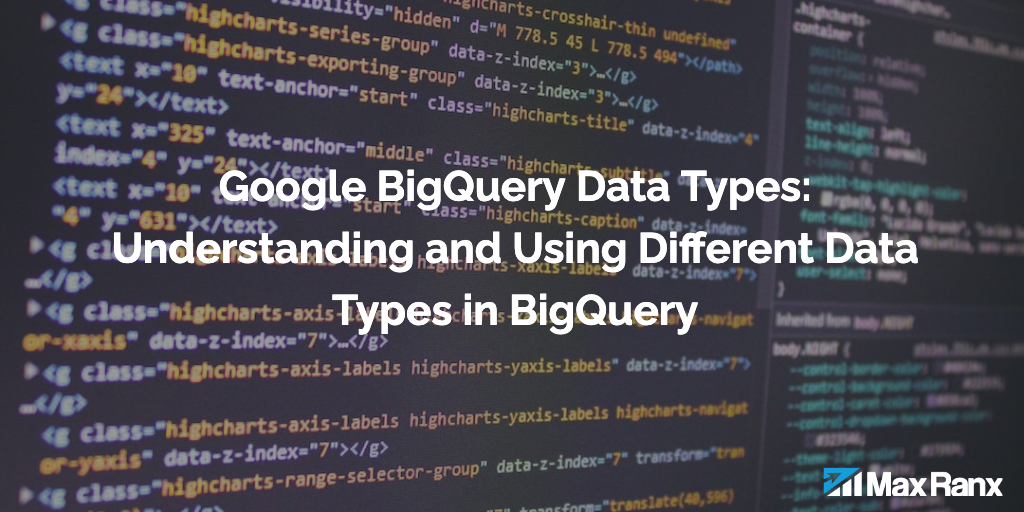Google BigQuery is a data warehousing and analytics platform that allows users to easily store, query, and analyze large datasets. One of the key advantages of BigQuery is its ability to integrate with other Google tools, such as Google Analytics, Google Sheets, and Google Cloud Storage. By connecting BigQuery to these tools, users can gain even more insights from their data and make more informed decisions.
Google Analytics Integration
One of the most popular integrations for BigQuery is with Google Analytics. By connecting BigQuery to Google Analytics, users can gain access to a wealth of data about their website visitors and their behavior. This data can then be used to create custom queries, reports, and dashboards that can help to identify trends, patterns, and opportunities for optimization.
To connect BigQuery to Google Analytics, you’ll need to link your Google Analytics account to BigQuery. Once you’ve done this, you can export data from Google Analytics to BigQuery in real-time or in batches using the Google Analytics Data Export API.
Once the data is in BigQuery, you can use the BigQuery SQL-like query language to analyze the data. BigQuery allows you to perform complex joins and aggregations on the data, enabling you to create custom reports and dashboards that show you exactly what you need to see to make data-driven decisions.
Google Sheets Integration
Another popular integration for BigQuery is with Google Sheets. By connecting BigQuery to Google Sheets, users can easily create pivot tables, charts, and graphs to visualize their data.
To connect BigQuery to Google Sheets, you’ll need to use the BigQuery Connector for Sheets. Once you’ve done this, you can pull data from BigQuery into Google Sheets using SQL-like queries, and create pivot tables, charts, and graphs to visualize the data.
With the BigQuery-Google Sheets integration, you can easily share your data with others in your organization by simply sharing the spreadsheet. Additionally, you can schedule automatic updates to your data to keep your spreadsheet up to date.
Google Cloud Storage Integration
Another powerful integration for BigQuery is with Google Cloud Storage. By connecting BigQuery to Cloud Storage, users can easily import and export large datasets to and from BigQuery without having to worry about data transfer or management.
To connect BigQuery to Cloud Storage, you’ll need to create a bucket in Cloud Storage and then configure the appropriate access controls for BigQuery. Once you’ve done this, you can import and export data to and from BigQuery using the BigQuery command-line interface, or through the BigQuery web UI.
When working with BigQuery and Cloud Storage, you can use tools such as Dataflow and Dataproc, which are built on Apache Beam and Apache Hadoop, respectively, to move and process your data. This allows you to do things like ETL (Extract-Transform-Load) your data, which will help to prepare it for analysis in BigQuery.
In addition, BigQuery has a functionality called “BigQuery Storage API” that allows you to query the data stored on Cloud Storage directly from BigQuery, without loading it into BigQuery storage, this feature is called External data and it saves you storage space and costs.
Conclusion
In conclusion, Google BigQuery can be easily integrated with other Google tools such as Google Analytics, Google Sheets, and Google Cloud Storage. By connecting BigQuery to these tools, users can gain even more insights from their data and make more informed decisions. With the ability to perform complex joins and aggregations on the data, users can create custom reports and dashboards that show them exactly what they need to see to make data-driven decisions. Additionally, by using tools like Dataflow and Dataproc, you can easily move and process your data to prepare it for analysis in BigQuery and with BigQuery Storage API you can save costs and storage space when working with external data.




